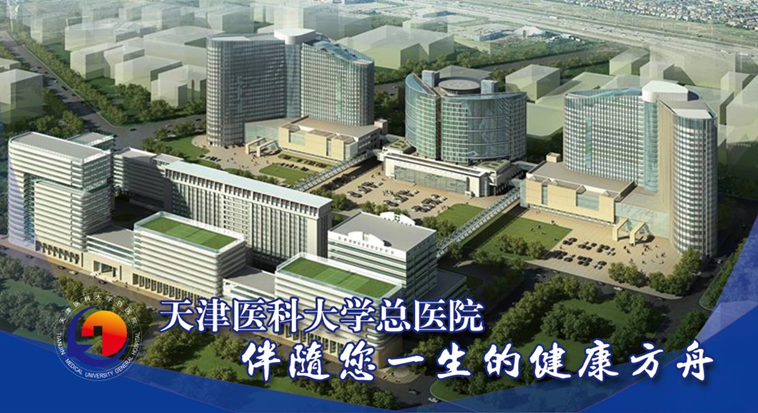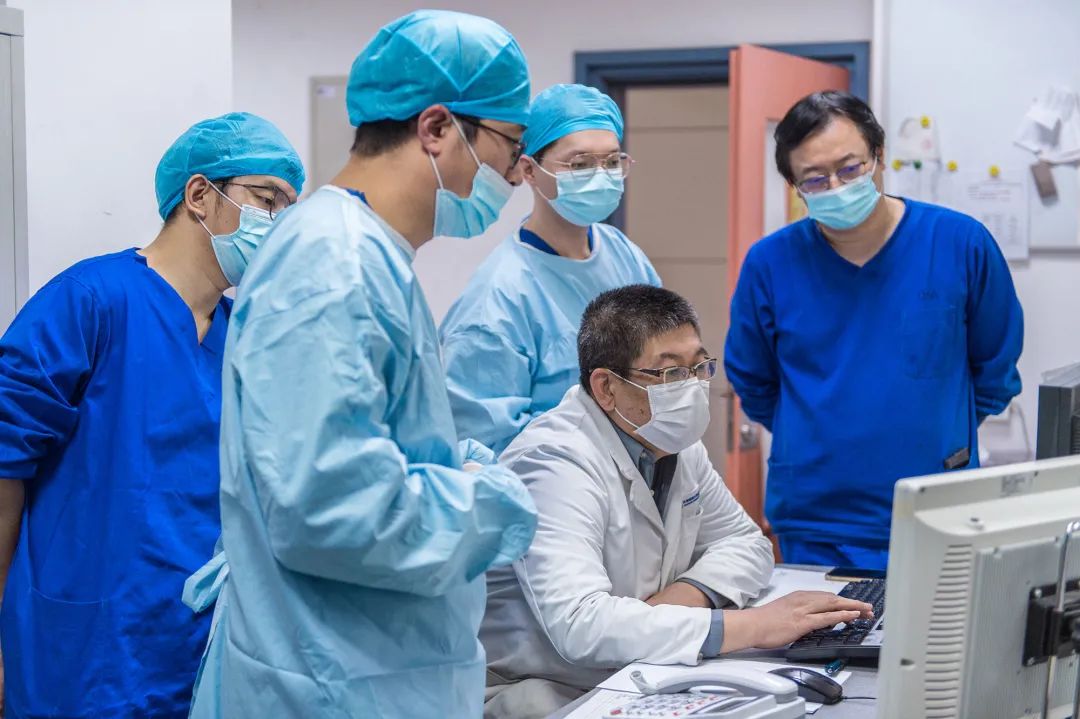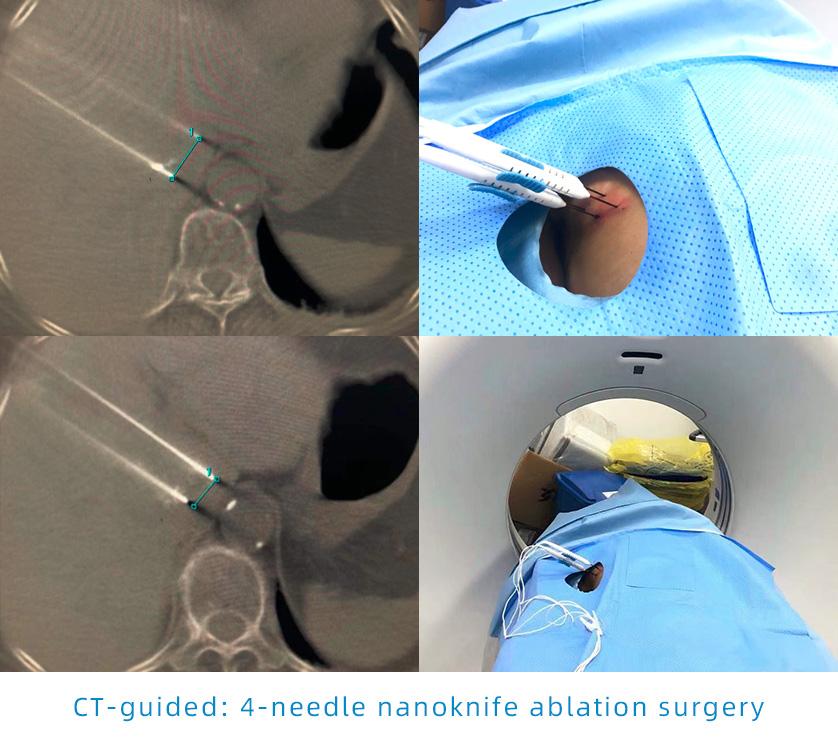

At the beginning of the new year on January 8, 2022, Tianjin City was attacked by the Omicron variant of the COVID-19 virus, and the alarm was sounded throughout the city overnight. The Tianjin Municipal Government responded quickly and took emergency measures, including suspending classes at all levels of schools and kindergartens, suspending inter-provincial bus services, closing some tourist attractions, and implementing strict management of people leaving Tianjin unless it is necessary.
The severe epidemic has attracted the attention of the whole nation. With the deepening of large-scale nucleic acid testing, local cases continue to increase, and major medical institutions and every medical worker in Tianjin have entered a state of readiness. While supporting the anti-epidemic work, efforts must also be made to maintain normal medical work.

Tianjin Medical University General Hospital, as a leading institution in medical technology and standardized management in Tianjin, not only takes the lead in fighting the epidemic prevention and control, but also ensures the normal medical treatment of patients. The interventional radiology team of the General Hospital has been working overtime to provide timely and efficient treatment plans for cancer patients in need.
On the afternoon of January 10, 2022, experts Fan Yong and Fu Dianxun from Tianjin Medical University General Hospital led a team to use the High Voltage Steep Pulse Minimally Invasive Therapeutic System independently developed by Shanghai Yuanshan Medical Technology Co., Ltd. They successfully performed tumor Nanoknife ablation surgery for patients through CT-guided puncture.

The patient is a 74-year-old female with a 4cm metastatic cancer in the second hepatic hilum, located adjacent to the inferior vena cava, hepatic vein, and portal vein. The conventional temperature ablation surgery is highly risky, and there is a lack of conventional treatment options. The advantage of the NanoKnife is to disrupt the stability of the cell membrane, causing tumor cell apoptosis while preserving the vascular structure. Early treatment is necessary for such cases, before the tumor invades the major blood vessels, and it is a race against the disease.
Radiology Intervention Department of Tianjin Medical University General Hospital, Fan Yong, Fu Dianxun and their expert team chose to work overtime to perform Nanoknife ablation treatment for patients. After preoperative CT enhancement evaluation, a treatment plan with four needles was selected, and the needle insertion path was planned.

The surgery officially began at 5 pm, with the patient under general anesthesia. Dr. Fu Dianxun skillfully performed percutaneous puncture and ablation guided by CT. The ablation process went smoothly. After the ablation, a CT enhanced examination was conducted, which showed that the lesion area in the image was of low density, the ablation boundary was clear, and the surrounding blood vessels were intact and unobstructed. This indicates that the tumor ablation was completely successful and the treatment was very successful.

After the operation, when discussing this operation together, Fan Yong and Fu Dianxun, two experts, said that the domestically produced nano-knife has outstanding performance in both energy field stability and real-time parameter monitoring by using superior technology, and this technology has filled the gap of domestic technology and provided a new chance of life for many patients with refractory cancer.

|
Fan Yong Chief Physician/Master/Supervisor for Graduate Students. Tianjin Medical University General Hospital Director physician of Interventional Radiology. Vice Chairman of the Interventional Medicine Branch of the Tianjin Medical Association. Member of the Interventional Radiology Group of the Chinese Medical Association Radiology Society. Member of the Interventional Physicians Branch of the Chinese Medical Doctors Association. Member of the Minimally Invasive Treatment Committee of the Anti-Cancer Association. Member of the Interventional Study Group of the Biomedical Engineering Society Tianjin Branch. Member of the Minimally Invasive Intervention Professional Committee of the Chinese Branch of the International Hepato-Pancreato-Biliary Association. Member of the Middle-aged and Elderly Healthcare Branch of the China International Exchange and Promotion Association for Medical and Healthcare. Editorial board member of the Journal of Interventional Radiology. Chinese editor of Gastrointestinal Intervention Communications Editorial Board Member of the Chinese Journal of Tuberculosis and Respiratory Diseases. Communications Editorial Board Member of Practical Radiology Journal. |

|
Fu Dianxun Attending Physician/Medical Doctor Tianjin Medical University General Hospital Radiology Intervention Department Having been working in the Department of Medical Imaging at Tianjin Medical University General Hospital since 2008. In 2017, we were among the first in China to carry out malignant tumor nanoknife ablation therapy. Member of the Lung Cancer Minimally Invasive Comprehensive Treatment Branch of the Chinese Anti-Cancer Association's Minimally Invasive Treatment Professional Committee. Member of the Nanoknife Tumor Ablation Society of the Interventional Minimally Invasive Treatment Professional Committee of the China Medical Education Association. Standing Committee Member of the Primary Cardiovascular Disease Branch of the Chinese Society of Cardiothoracic and Vascular Anesthesia. Young Member of the Interventional Medicine Branch of the Tianjin Medical Association. |